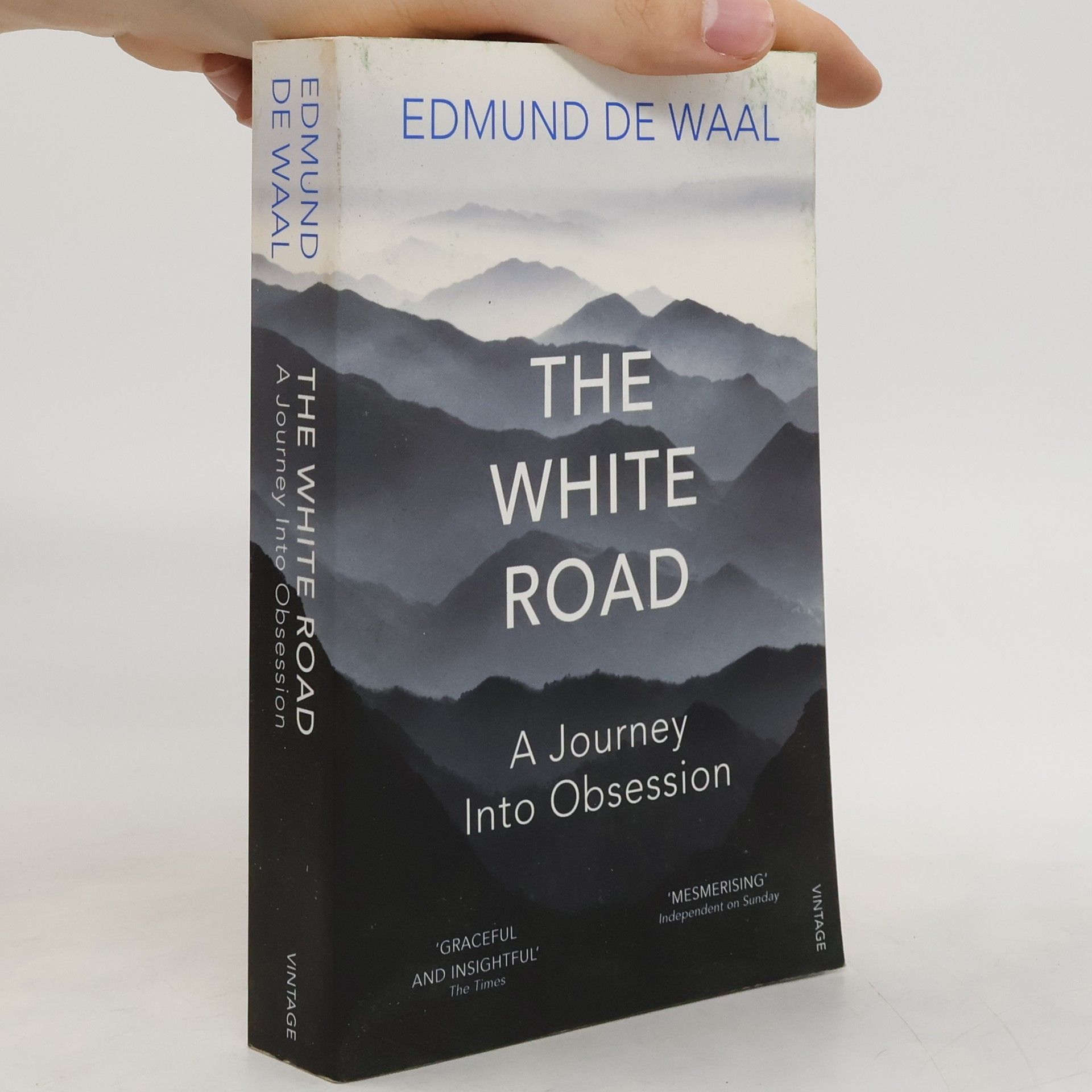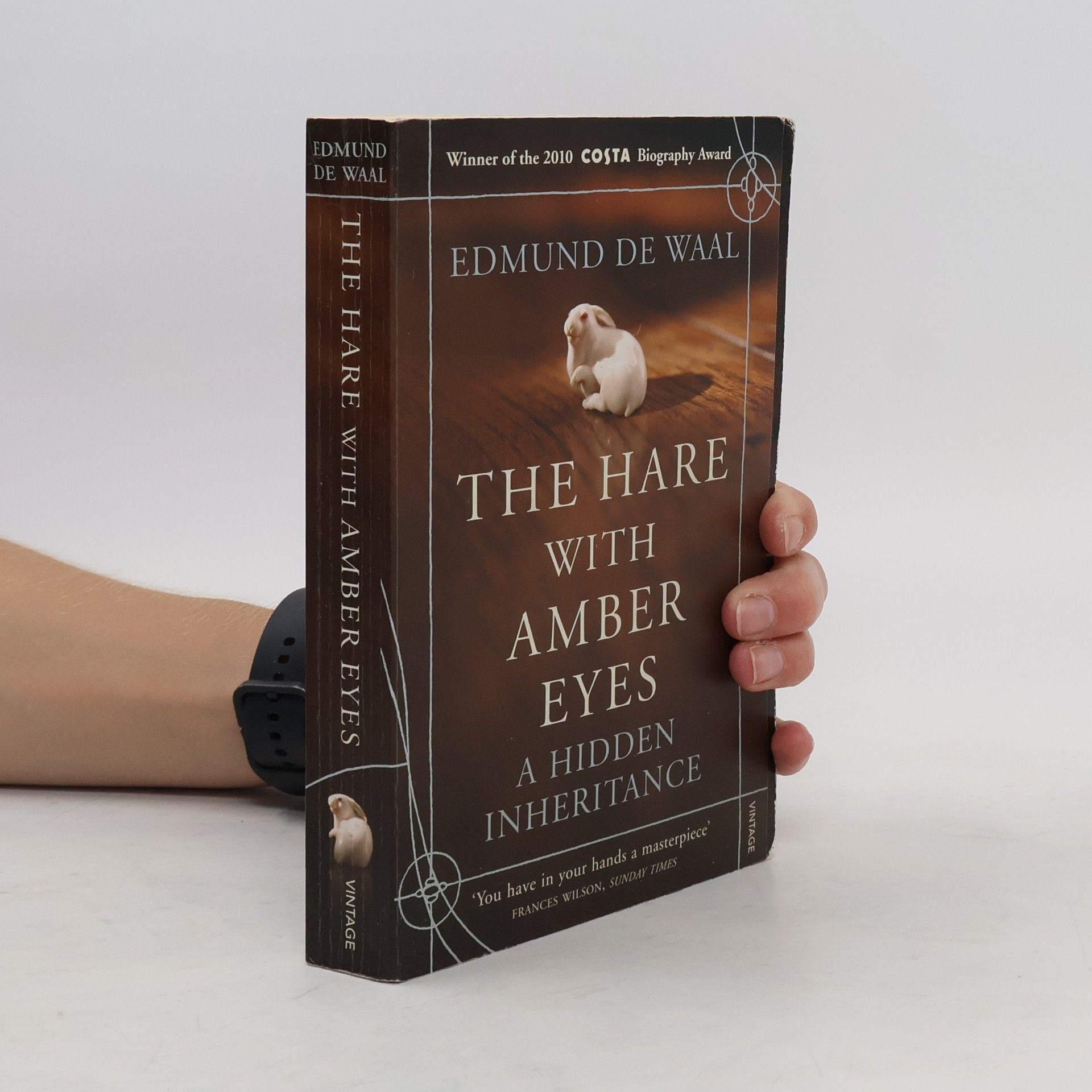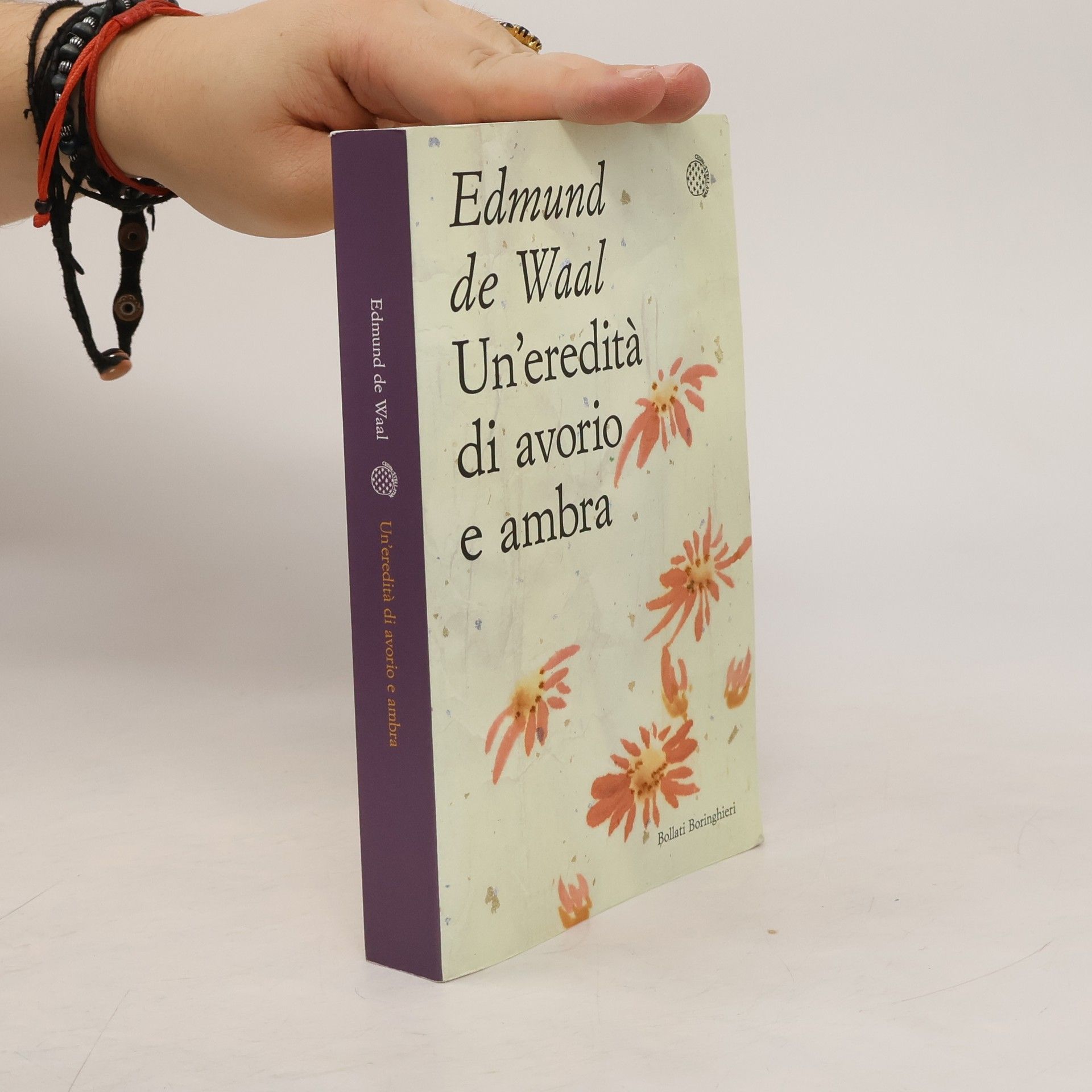Un'eredità di avorio e ambra
- 400pagine
- 14 ore di lettura
Edmund de Waal si descrive come un 'ceramista che scrive', le cui opere in porcellana adornano numerose collezioni museali in tutto il mondo. La sua produzione letteraria esplora le intricate connessioni tra oggetti, memoria e identità, spesso ispirandosi alla sua profonda comprensione della cultura materiale e della storia. Attraverso uno stile unico che fonde un'osservazione meticolosa con una prosa lirica, rivela profonde narrazioni celate in oggetti apparentemente comuni. La sua scrittura celebra sia la fragilità che la resistenza, cercando l'elemento umano nel mondo materiale.







The illustrated edition of "The Hare with Amber Eyes" by Edmund de Waal explores the journey of 264 Japanese netsuke inherited from his great-uncle. This captivating narrative spans generations and locations, revealing a rich family history amidst a tumultuous century, complemented by stunning photographs and archival images.
Count Moïse de Camondo lived a few doors away from Edmund de Waal's forebears, the Ephrussi, first encountered in his bestselling memoir The Hare with Amber Eyes. Like the Ephrussi, the Camondos were part of belle époque high society. They were also targets of anti-semitism. Camondo created a spectacular house and filled it with the greatest private collection of French eighteenth-century art for his son to inherit. But when Nissim was killed in the First World War, it became a memorial and, on the Count's death, was bequeathed to France. The Musée Nissim de Camondo has remained unchanged since 1936. Edmund de Waal explores the lavish rooms and detailed archives and uncovers new layers to the family story. In a haunting series of letters addressed to the Count, he tells us what happened next.
THE NUMBER ONE SUNDAY TIMES BESTSELLER WINNER OF THE 2010 COSTA BIOGRAPHY AWARD 264 wood and ivory carvings, none of them bigger than a matchbox: Edmund de Waal was entranced when he first encountered the collection in his great uncle Iggie's Tokyo apartment. When he later inherited the 'netsuke', they unlocked a story far larger and more dramatic than he could ever have imagined. From a burgeoning empire in Odessa to fin de siecle Paris, from occupied Vienna to Tokyo, Edmund de Waal traces the netsuke's journey through generations of his remarkable family against the backdrop of a tumultuous century. 'You have in your hands a masterpiece' Frances Wilson, Sunday Times 'The most brilliant book I've read for years... A rich tale of the pleasure and pains of what it is to be human' Bettany Hughes, Daily Telegraph, Books of the Year 'A complex and beautiful book' Diana Athill
** A Sunday Times Top Ten Bestseller ** "Other things in the world are white but for me porcelain comes first" A handful of clay from a Chinese hillside carries a promise: that mixed with the right materials, it might survive the fire of the kiln, and fuse into porcelain âe" translucent, luminous, white. Acclaimed writer and potter Edmund de Waal sets out on a quest - a journey that begins in the dusty city of Jingdezhen in China and travels on to Venice, Versailles, Dublin, Dresden, the Appalachian Mountains of South Carolina and the hills of Cornwall to tell the history of porcelain. Along the way, he meets the witnesses to its creation; those who were inspired, made rich or heartsick by it, and the many whose livelihoods, minds and bodies were broken by this obsession. It spans a thousand years and reaches into some of the most tragic moments of recent times. In these intimate and compelling encounters with the people and landscapes who made porcelain, Edmund de Waal enriches his understanding of this rare material, the âe~white goldâe(tm) he has worked with for decades. ** Book of the Week on BBC Radio 4 **
This book was written by the author of the award-winning author of 'Hare with the Amber Eyes' Edmund de Waal and includes full colour illustrations of all Leach's best-known work. This book features a new foreword putting the book in context since its first publication and has been reissued in the brand new hardback British Artists format. Bernard Leach was a pre-eminent artist-potter of the twentieth century. In the early part of his career he spent twelve formative years in Japan, during a period of febrile excitement in the arts. In 1920 he returned to England to set up a studio in St Ives. Leach's influence on the growth of the studio pottery movement, both in Japan and in the West, has been profound. His making of ceramics and his teaching of some of the foremost aritst-potters of the period gives him a central place in the international history of the decorative arts.
An A-Z history of ceramic art by one of the world's leading ceramic artists, Edmund de Waal. The history of ceramic art is ingrained in the history of mankind. Clay is one of the very first materials ‘invented’ by man. An essential part of our lives it has been moulded, thrown, glazed, decorated and fired for over 30,000 years in order to preserve and transport food and water. And it was on the surface of these early jugs, vases, dishes, plates, beakers and amphorae that man placed some of his first decorative markings. In more recent times clay has been used not just by artisans and potters, but also by artists, designers and architects. The Pot Book is the first publication to document the extraordinary range and variety of ceramic vessels of all periods, from a delicate bowl made by an unnamed artisan in China in the third millennium bc, or a jug made in eighteenth-century Dresden, to a plate made by Picasso in 1952, a ‘spade form’ made by Hans Coper or the vases of Grayson Perry today. Each entry is sequenced in alphabetical order by the name of the artist/potter, the school, or style, creating a grand tour through the very finest examples of the art form.
Der weltgrösste Schatz japanischer Katagami-Schablonen zum Färben von Kimonos
Der weltgrösste Schatz japanischer Katagami-Schablonen zum Färben von Kimono-Textilien Ein faszinierendes Kapitel der Textilkunst: Im Depot des Dresdener Kunstgewerbemuseums in Schloss Pillnitz liegt seit 125 Jahren ein erst in jüngster Zeit bekannt gewordener Schatz japanischer Handwerkskunst. In 92 Kassetten lagern mehr als 15'000 Färbeschablonen für den Textildruck. Diese sogenannten Katagami wurden in einem langwierigen Verfahren aus der Maulbeerbaumrinde handgeschöpft und in feinster Schneidearbeit gestochen. Es sind traditionelle Druckvorlagen vor allem für Stoffe, aus denen Kimonos für Samurai gefertigt wurden, und sie zeigen neben geometrischen Ornamenten auch Muster und Motive, die in virtuoser Abstraktion Elemente der Natur darstellen. Im 19. Jahrhundert kamen Katagami-Drucke auch nach Europa, und diese hochentwickelte Kunst beeinflusste schon sehr bald stark die westliche Ornamentik in Kunst, Kunsthandwerk und im entstehenden Industriedesign. Heute spielt die Technik der Stencils für Graffiti und Street-Art, etwa bei Banksy, weiterhin eine grosse Rolle. Dieses opulente Buch präsentiert nun erstmals rund 140 der schönsten Katagami-Muster aus der Dresdener Sammlung. Ausgewählt wurden Motive, die sich der Darstellung des Regens widmen, der in dem Monsunwinden ausgesetzten und auf Reisanbau angewiesenen Land grosse spirituelle und kulturelle Bedeutung hatte. Zahlreiche grossformatige Abbildungen werden begleitet von Essays internationaler Experten, die alle Aspekte des faszinierenden Themas detailliert erläutern.